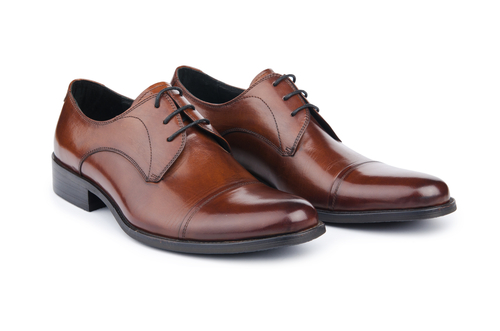
Imagine that our friend bought us a birthday present in the sale, and we want to know how much the item was worth before the sale.
Or we may have missed out on a promotional offer on Black Friday, and want to know how much the price of an item has increased by.
Finding the original amount, before a percentage change took place, is also known as reverse percentages.
The key word here is reverse - remembering this is going to help us throughout this activity.
Let's look at reverse percentages in action now in some examples.

e.g. A radio sells for £63, after a 40% increase in the cost price.
What was the original cost price?
We know that the radio sells for £63 after a 40% increase, so we can write this as:
c × 1.4 = 63 (where 'c' represents the original cost)
If we solve this using normal algebraic rules, we find that:
c = 63 ÷ 1.40 = £45
e.g. A packet of washing powder is advertised as having an extra 20% powder.
If it contains 1.32 kg, what amount would be in the original pack?
p × 1.20 = 1.32 kg
p = 1.32 ÷ 1.20 = 1.1 kg
e.g. A television has been reduced by 8% in a sale.
It now costs £586.
What was the cost of the television before the reduction in price?
This time, as we need to find a reduction rather than an increase, we need to take 8% away from 100% to find our multiplier:
100 - 8 = 92% or × 0.92
Now we need to apply the inverse (opposite) operation to an increase, like this:
£586 ÷ 0.92 = £636.96
Let us extend this a little more now...
You could see questions that don't appear as straightforward as these examples, and may require a different approach.
Here's an example to illustrate what we mean.

e.g. At a hockey game, there are 60 children present.
This is 20% of the total amount of people at the game.
How many people are present at the game in total?
Think about what we know here:
20% = 60 children and 20% × 5 = 100%
So if we multiply 20% by 5, we reach the total amount in this case:
60 × 5 = 300 people

e.g. In a shoe factory, 33% of the shoes are leather and the remaining 4355 are suede.
How many shoes are leather?
As we cannot easily turn 33% into 100% (as we did in the previous example), we have to adopt a different approach here.
Think about what we know again.
If 33% of the shoes are leather, the suede shoes must make up the remaining 67%, so:
4355 = 67%
To make life easier, we want to find 1%:
4355 ÷ 67 = 65
If 1% = 65, then...
33% = 65 × 33 = 2145 shoes
In this activity, we will apply reverse percentages to find starting amounts before a percentage increase or decrease has occurred, using the methods shown above.








